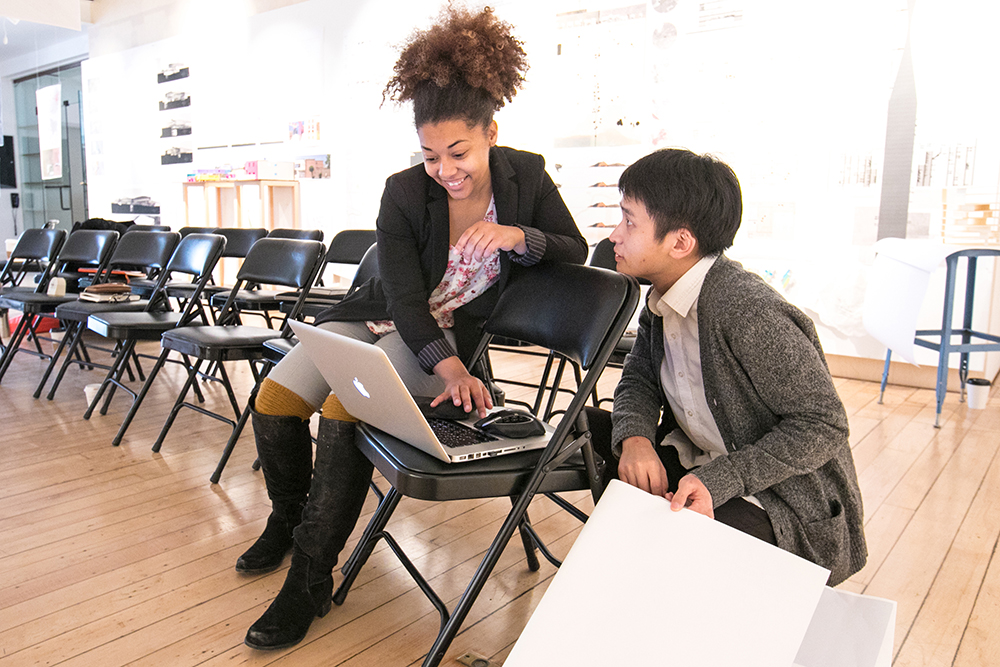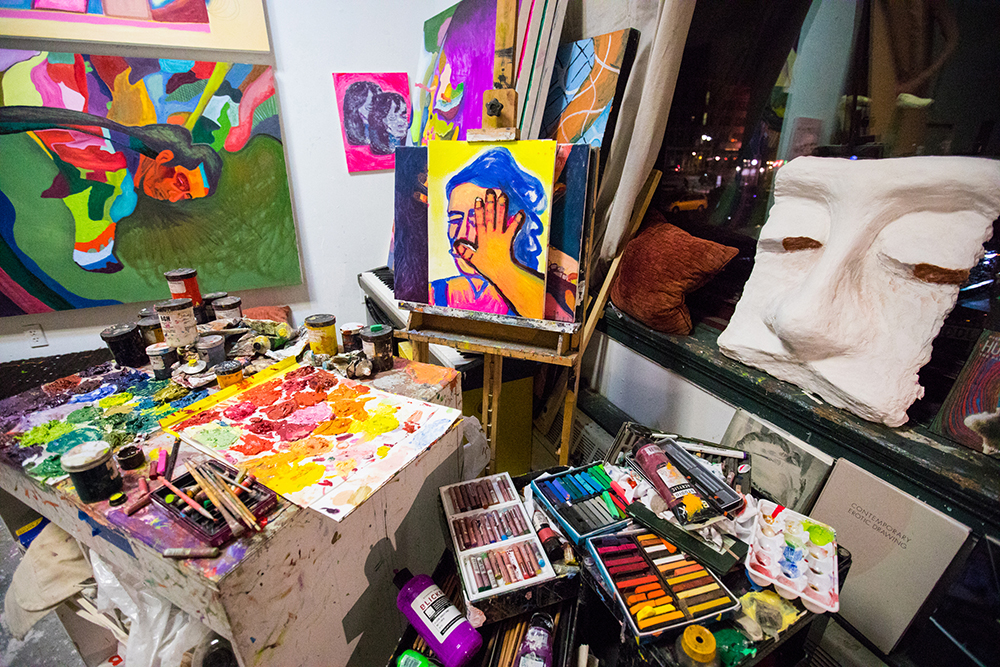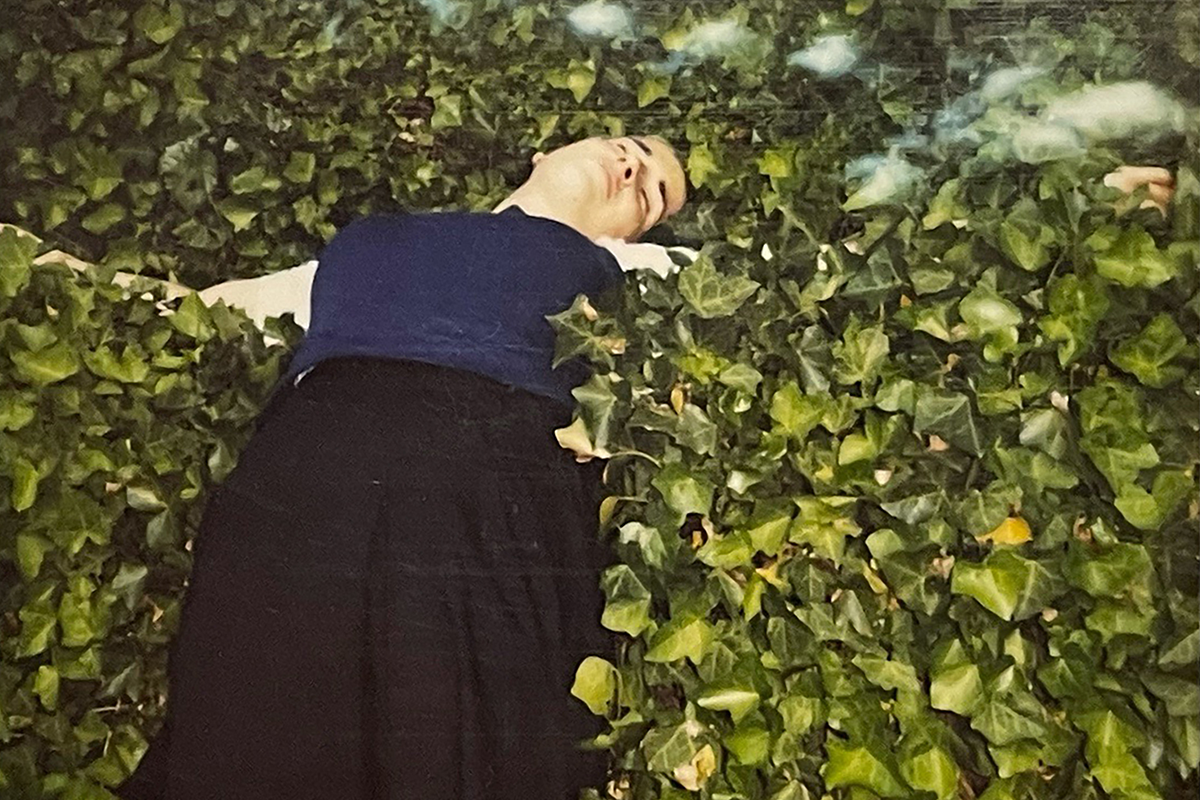
90s Art School
The founder of cult Instagram account 90s Art School shares his motivation for starting the project, what keeps it going and why these moments should be remembered.
By Matthew Atkatz 97 ID
THE 1990S WAS the last decade before digital technology fundamentally changed image-making, and, in the process, reinvented culture. As the millennium drew to a close, film photography was ubiquitous, yet in the following decade it would be replaced by digital image-making. But the real shift in photography wasn’t just the advancement of digital cameras, it was the internet, and more specifically social media, which rewrote the rules on the way we take pictures, and the way we pose for them.
90s Art School is an ongoing collection, archive and revival of forgotten images that have languished in shoeboxes for the past twenty-five years. An attempt to show a history that did not exist on the internet. Until now. The photos in this series were taken between 1990–1999, with the bulk of the pictures from 1993–97—the years I was an undergraduate at RISD.
I’m most interested in the moments between classes and deliberately leave out typical college moments like graduations and organized events. Instead, the project focuses on the raw emotions of the era, the mood, vibe, smells, styles, fashion, and general wildness of art school in the ’90s.
There’s a rawness and spontaneity in the pictures that’s missing from contemporary social media content because of the inherent limits of film photography—the cost of film, long development time and the limit of thirty-six images to a roll, to name a few. These differences resulted in more visual accidents and serendipitous mistakes, which mark the unique aesthetic of the grunge era. It’s a stark contrast to the AI-powered perfection and limitless capacity of the smartphone cameras that are in everyone’s pockets today.
The images are casual, unselfconscious, less deliberate, less carefully posed, taken by art students with a natural inclination for capturing a moment. We took these photos without thinking twice. As subjects, we saw the camera lens differently.
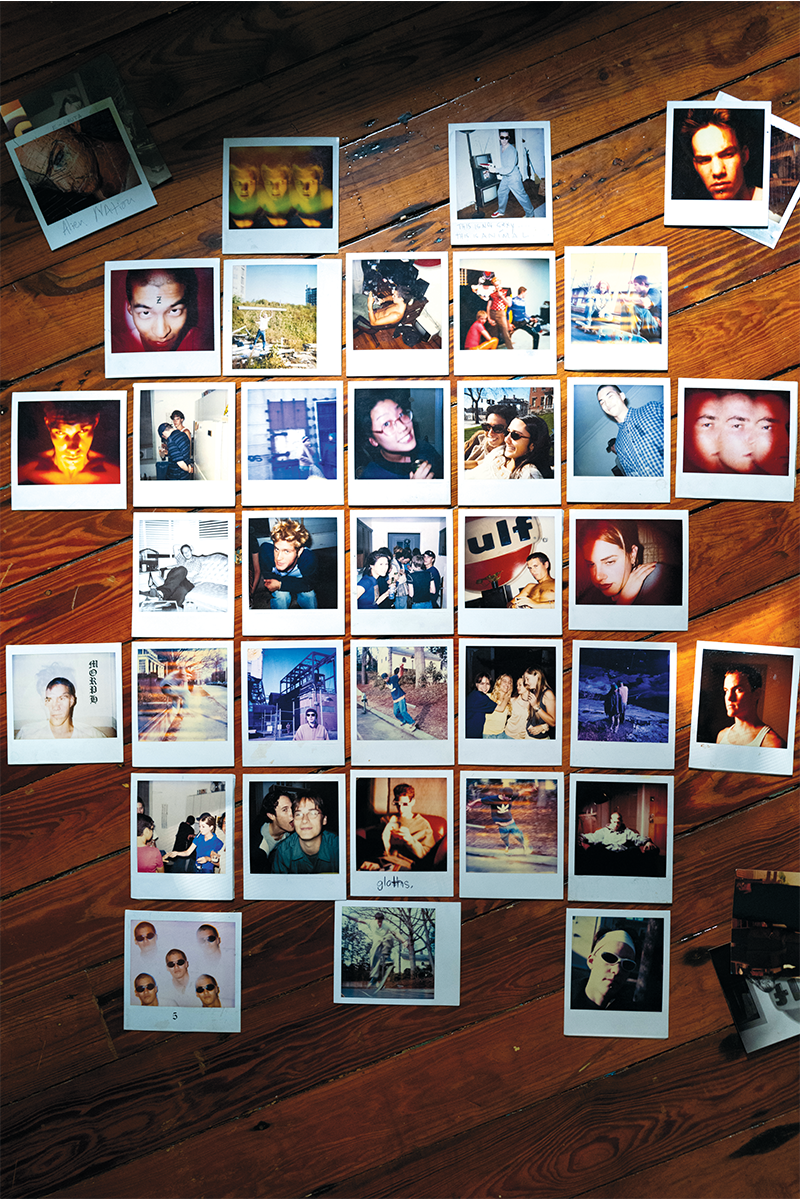
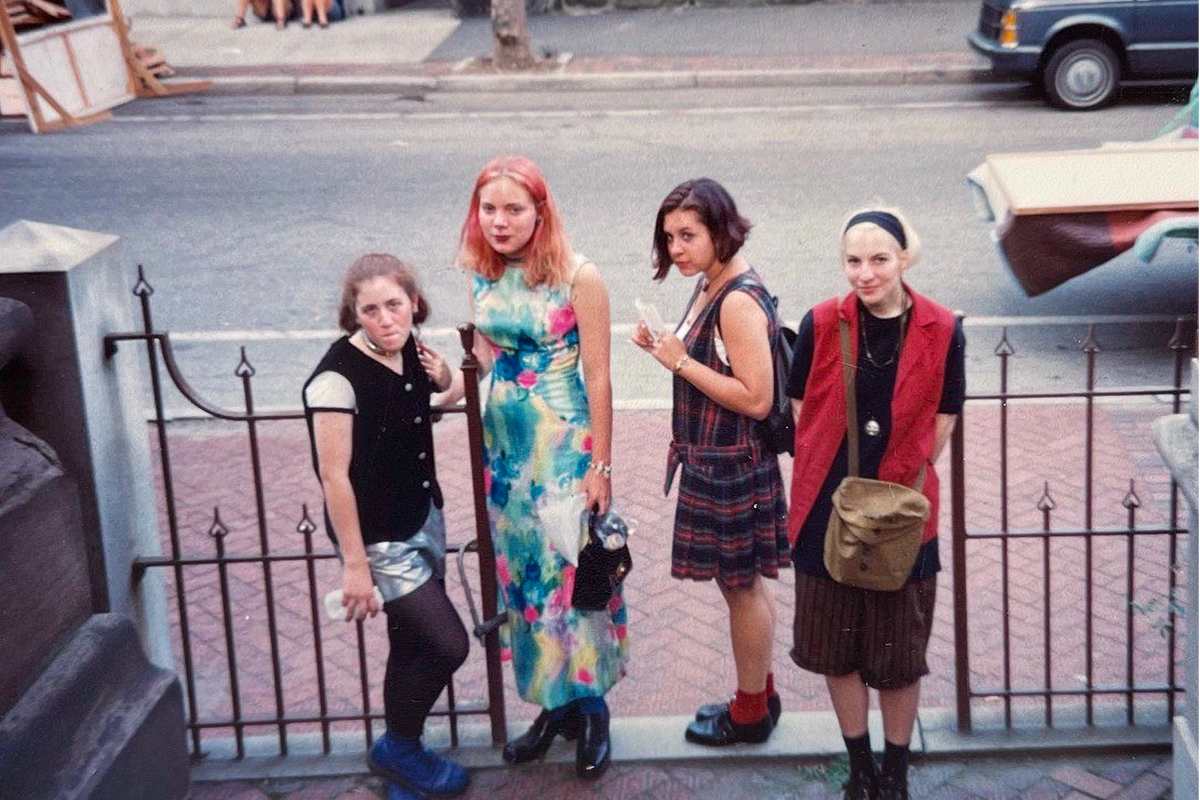
At the time, we knew we’d probably never see the image snapped in that moment. And if we did, it wouldn’t be for weeks. There was no chance to edit or delete, and there was no self-conscious worry about what the world might think about the photo. Our relationship with the camera was different. It was a tool for self-expression rather than real-time self-promotion. That innocence, as both subjects and photographers, shows in every image. That’s the difference. These are images that simply couldn’t be taken today. Not just because of the styles or technology, but because of our ability to be ourselves as the shutter clicked.
The appeal of collecting these images and moments is memory and nostalgia for the generation who was there, and anthropology for younger audiences in their universality of youth and the current resurgence of ’90s culture and fashion. The curation of photos, from hundreds of photographers, reunites disparate and seemingly disconnected images, memories and artists into a singular connected whole. And the reason the ’90s are worth preserving is because it’s truly the last pre-digital era. Every subsequent generation has had their entire lives digitally captured, shared and uploaded to the cloud to be stored forever. Twenty-five years from now there will probably be very little value in personal images from 2023 because there will be so many of them. “Want to see 10,000 photos of my twenties? How about every meal I ate?” Social media and a phone in every pocket has devalued photography in some ways. But it has also democratized image-making, and raised the bar for excellence.
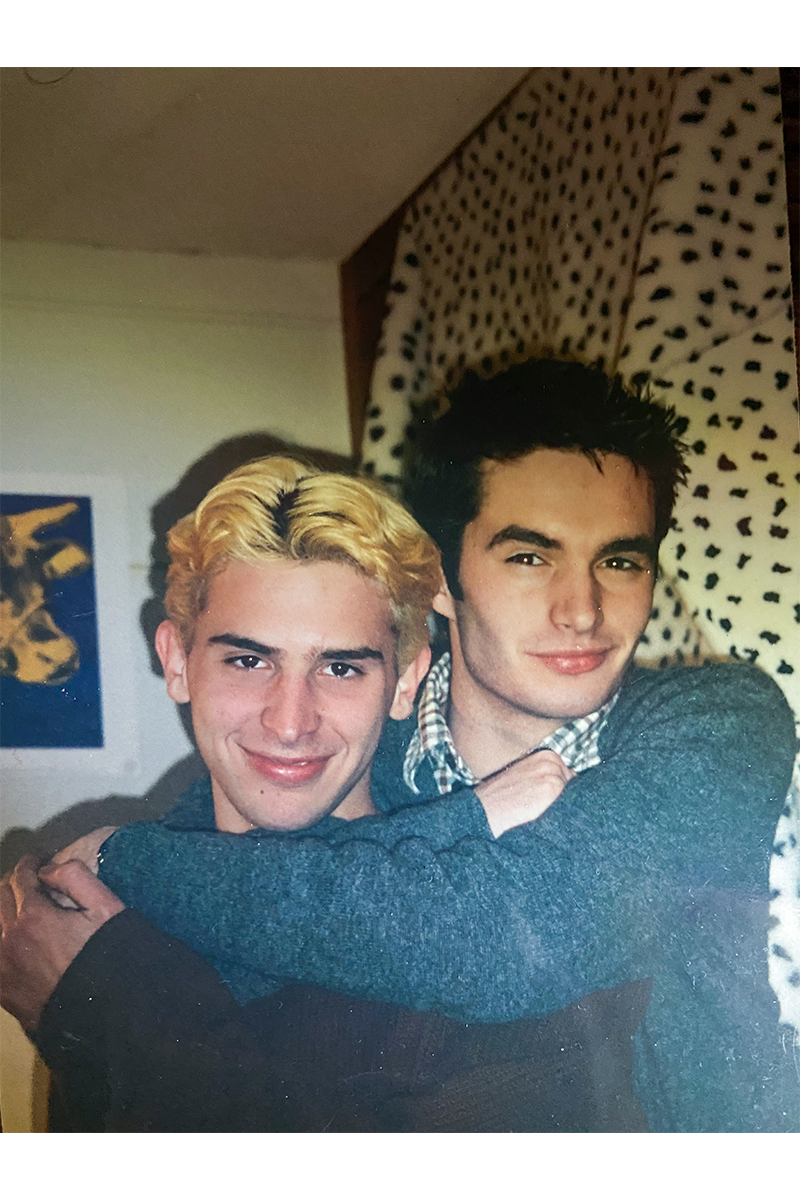
I started 90s Art School as an attempt to reconstruct the memories of one of the best times of my life. A way to help fill in the missing details—rooftops at sunset overlooking Roger Williams Park. Lazy weekends on the RISD beach. The rite of passage of traversing the abandoned train tunnel under College Hill. Loft parties at the legendary Fort Thunder. The night the “freshmen” dorms lost power and we all poured into the halls with musical instruments and celebrated until dawn. Or exploring the abandoned crumbling Masonic Temple downtown (today, it’s a Marriott). Those four years were mythic. The energy of being in such a focused group of immensely smart and talented artists was astounding. At the time it felt special, but with the passing of time it became even more mythic. Where else in the world do artists across all disciplines gather to create, collaborate and compete together? I wanted to feel that energy again. And opening the dusty shoeboxes and photo albums during the height of pandemic loneliness did just that. The excitement and raw exuberance was amplified when the images came together. The collective effect is an unfiltered explosion of artistic freedom and authentic joy that you don’t feel in other social content.
But the unexpected gift of the project has been the conversations and reconnections a quarter of a century later with people who were still eighteen in my mind. The process of curating the archive has reconnected me to so many great people, all with their own amazing stories and artistic journeys. The theme that comes up again and again is how the project has resulted in so many people reconnecting. You can see it in the comments below each post. It’s a reminder of how the RISD family extends for life and that the bonds created during our four years together last forever. And that makes these memories worth preserving.
The 90s Art School images published in this piece were submitted by RISD alumni: Matthew Atkatz, Heather Barksdale, Eric Beare, Nicole Barrick, Sebastian Blanck, Lauren Gardiner, Carrie Gustafson, Jeff Grantz, Jen Hill, Price Latimer, Ryan Lesser, Susan Mandini, Anna McCraney, Rebeca Raney, Anna Schachte, Ellen Warfield.
Sam Thomas’ Polaroids on the studio floor were rephotographed by Matthew Atkatz. Special thanks to Jackie Thomas and Amanda Mehan.


